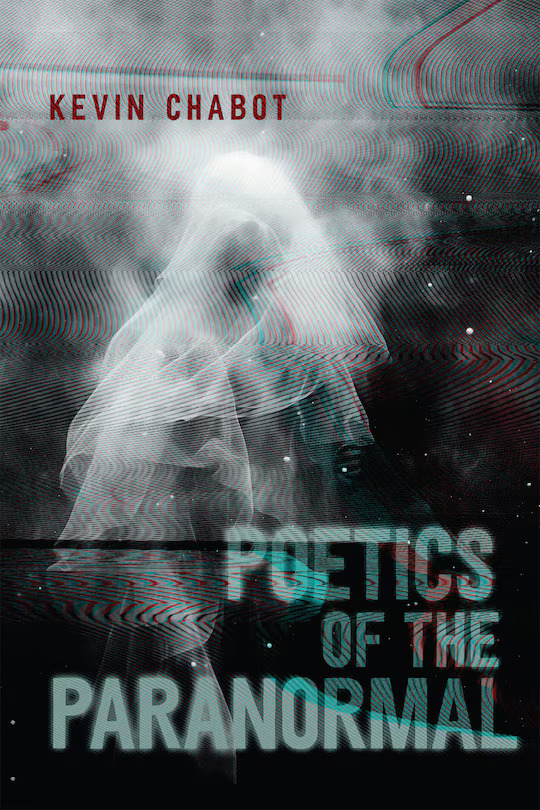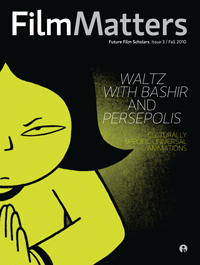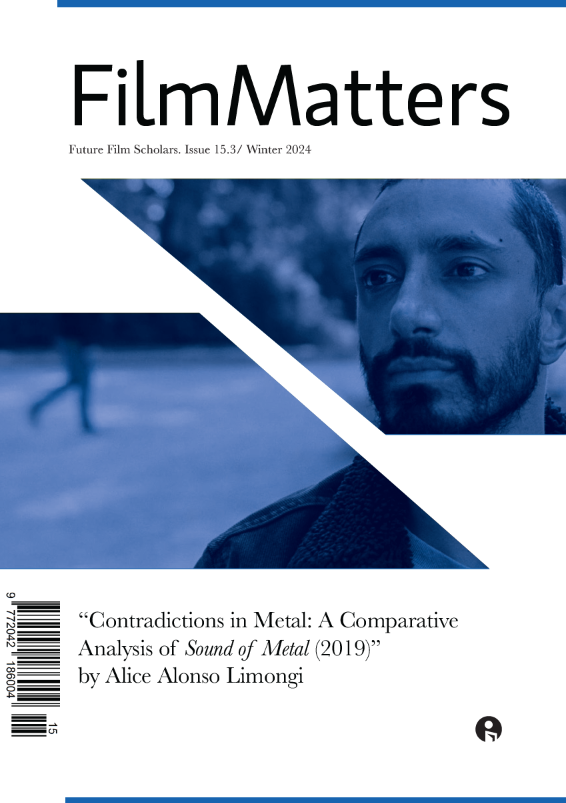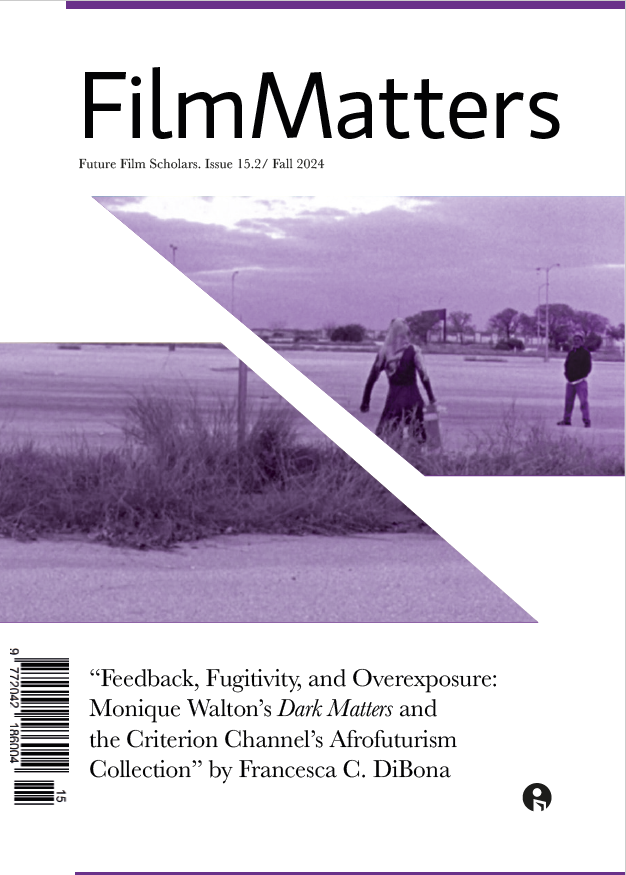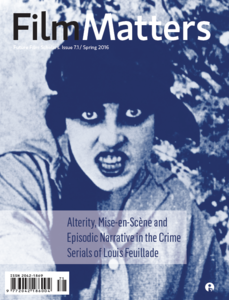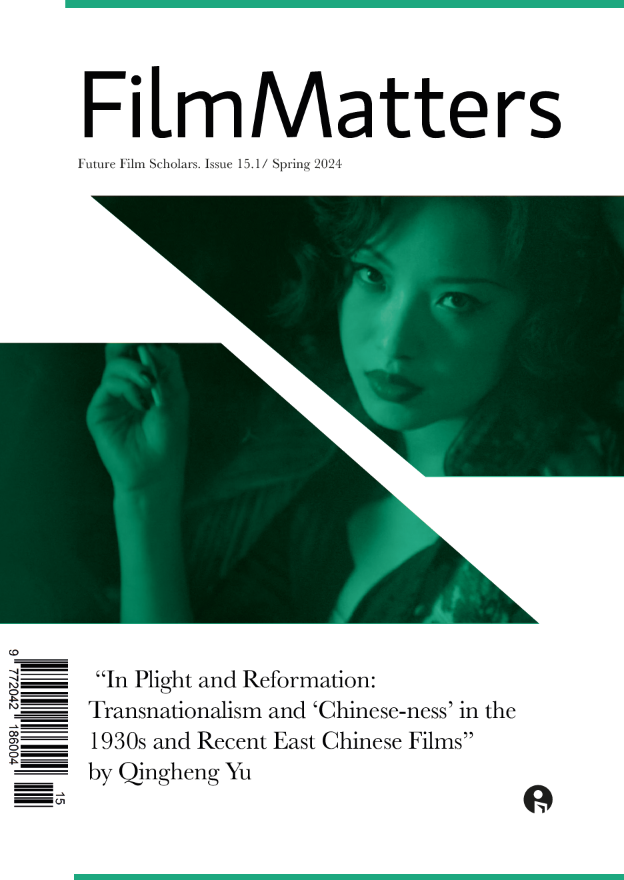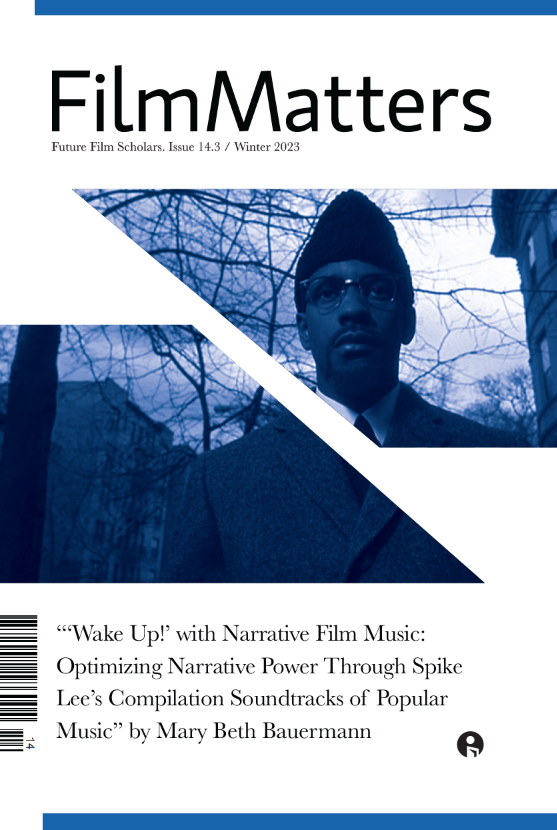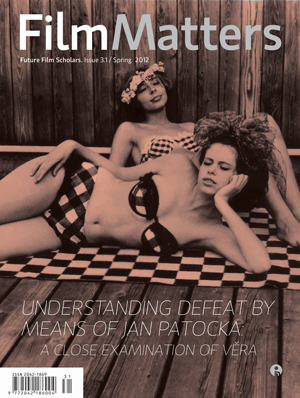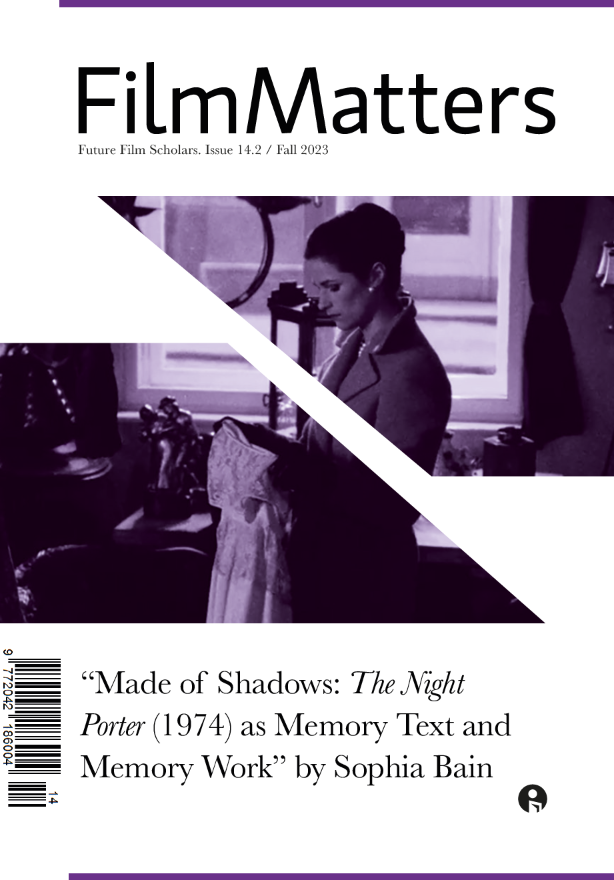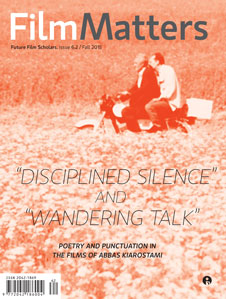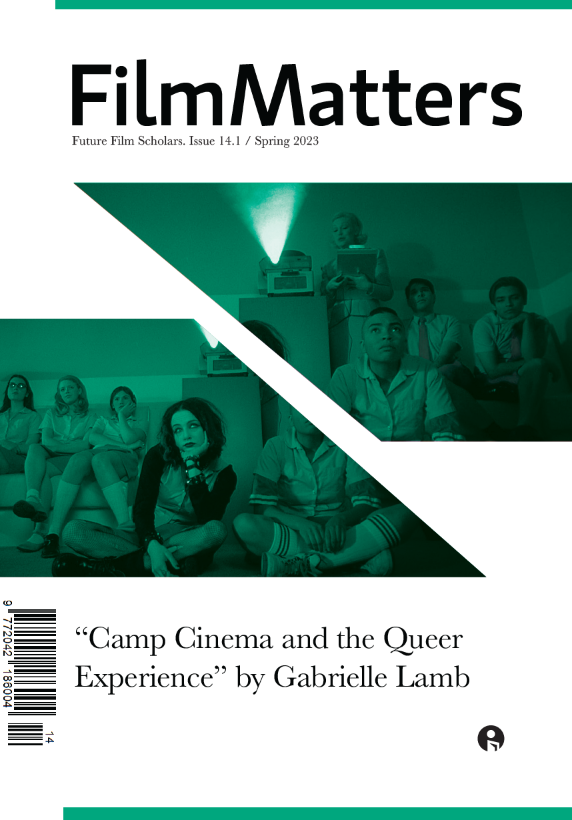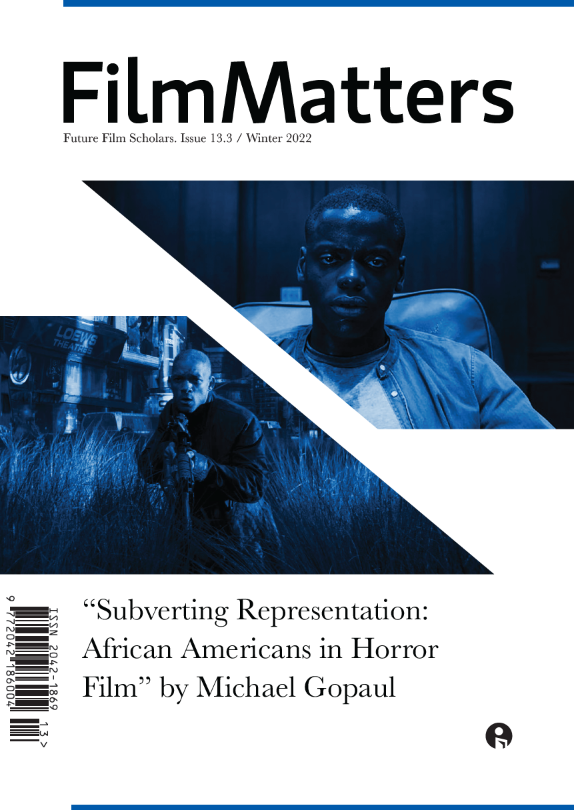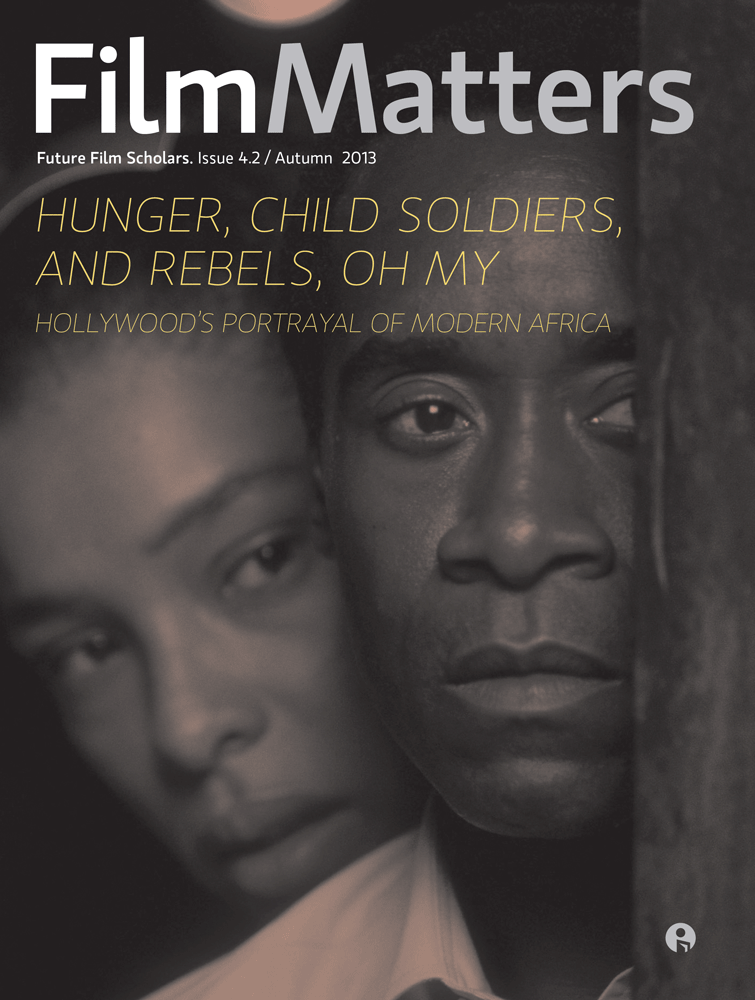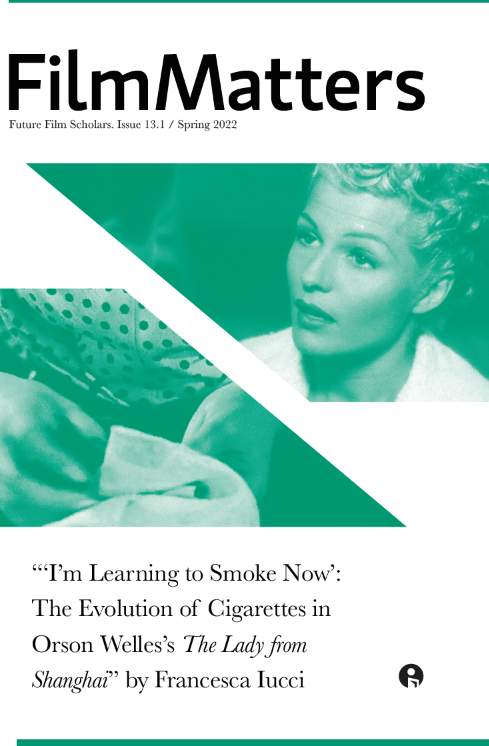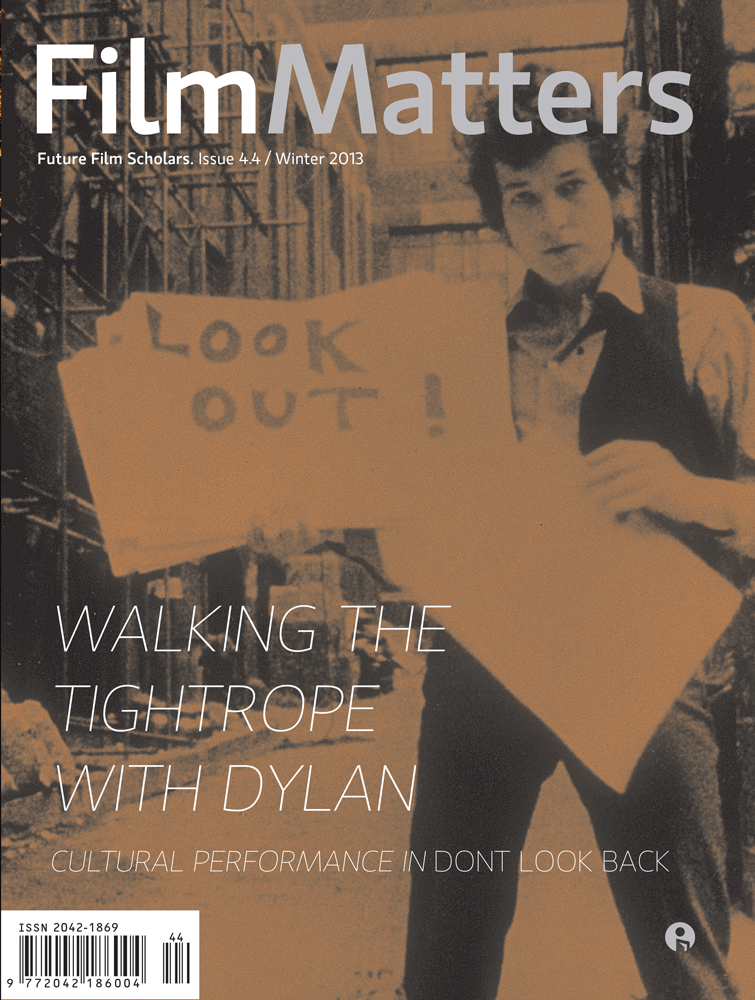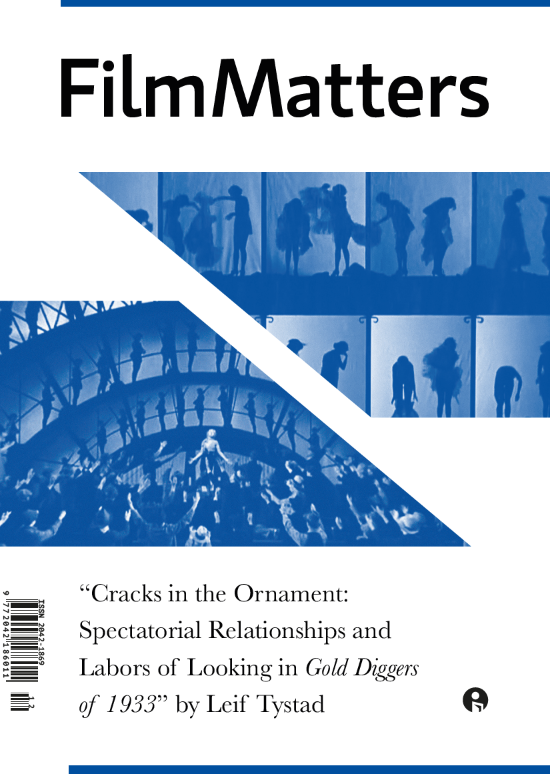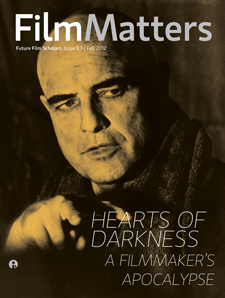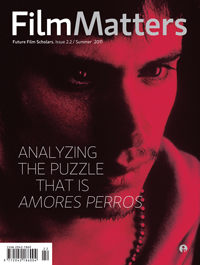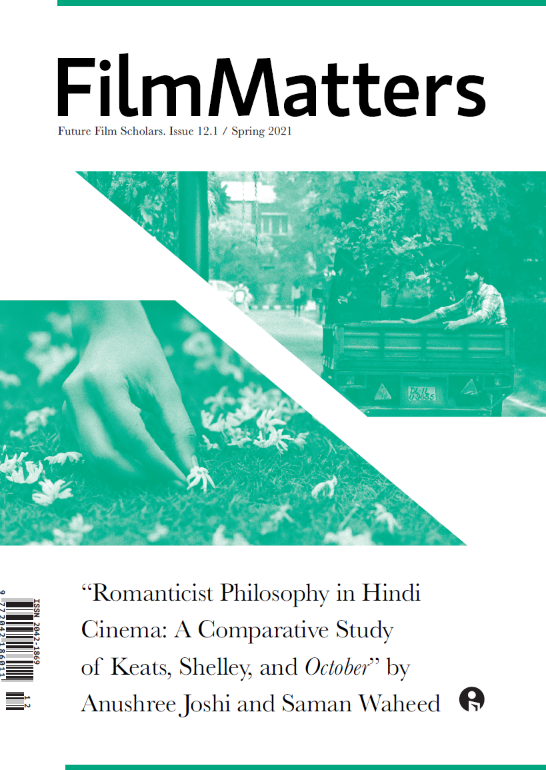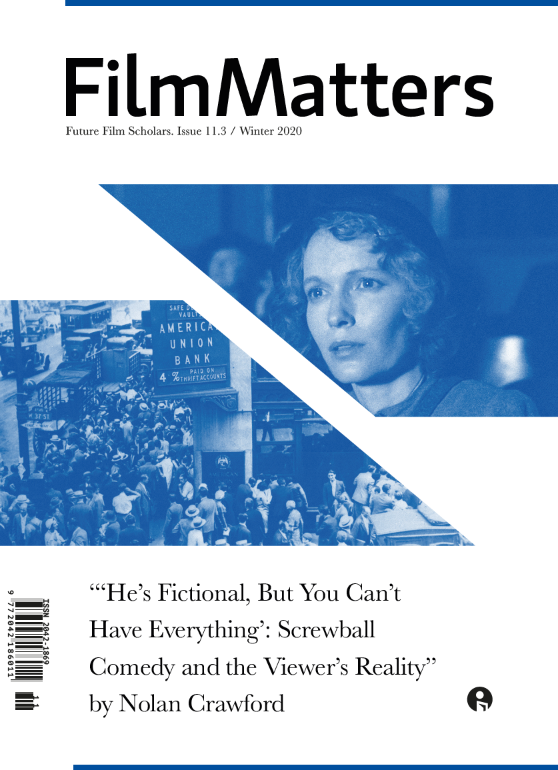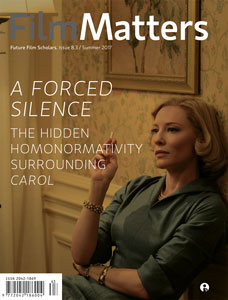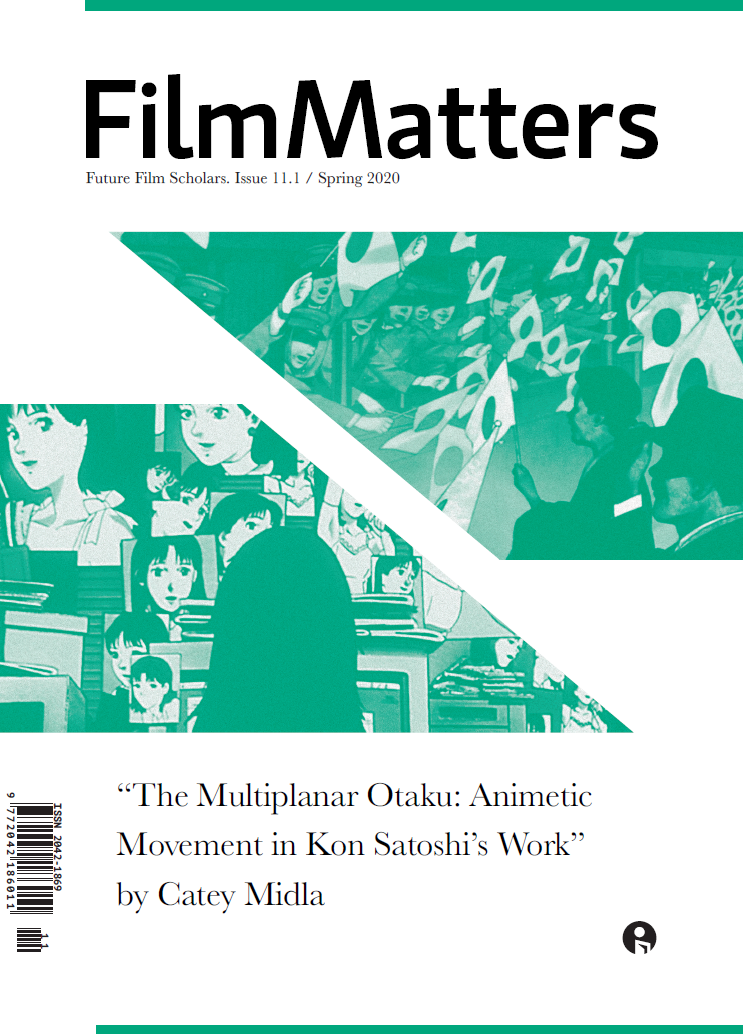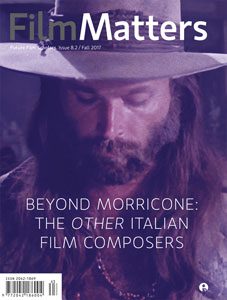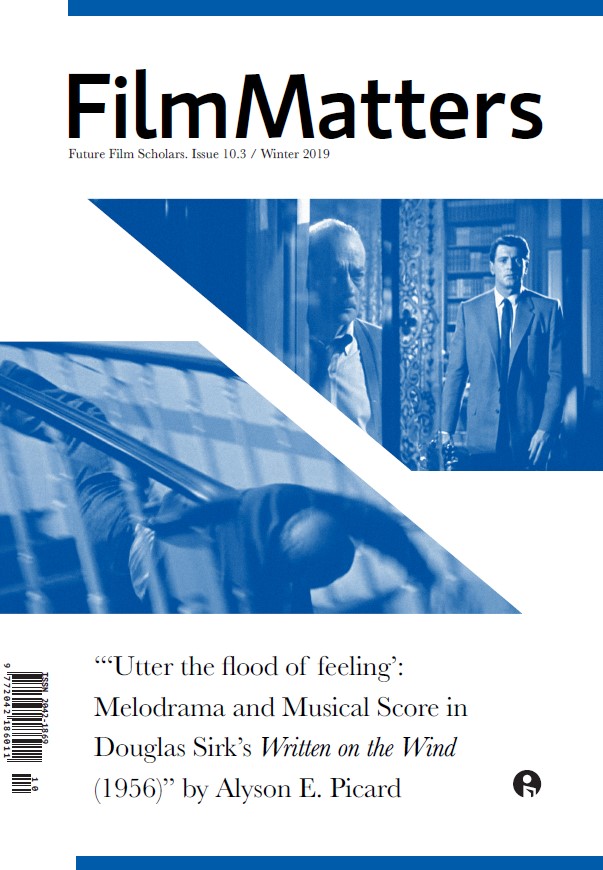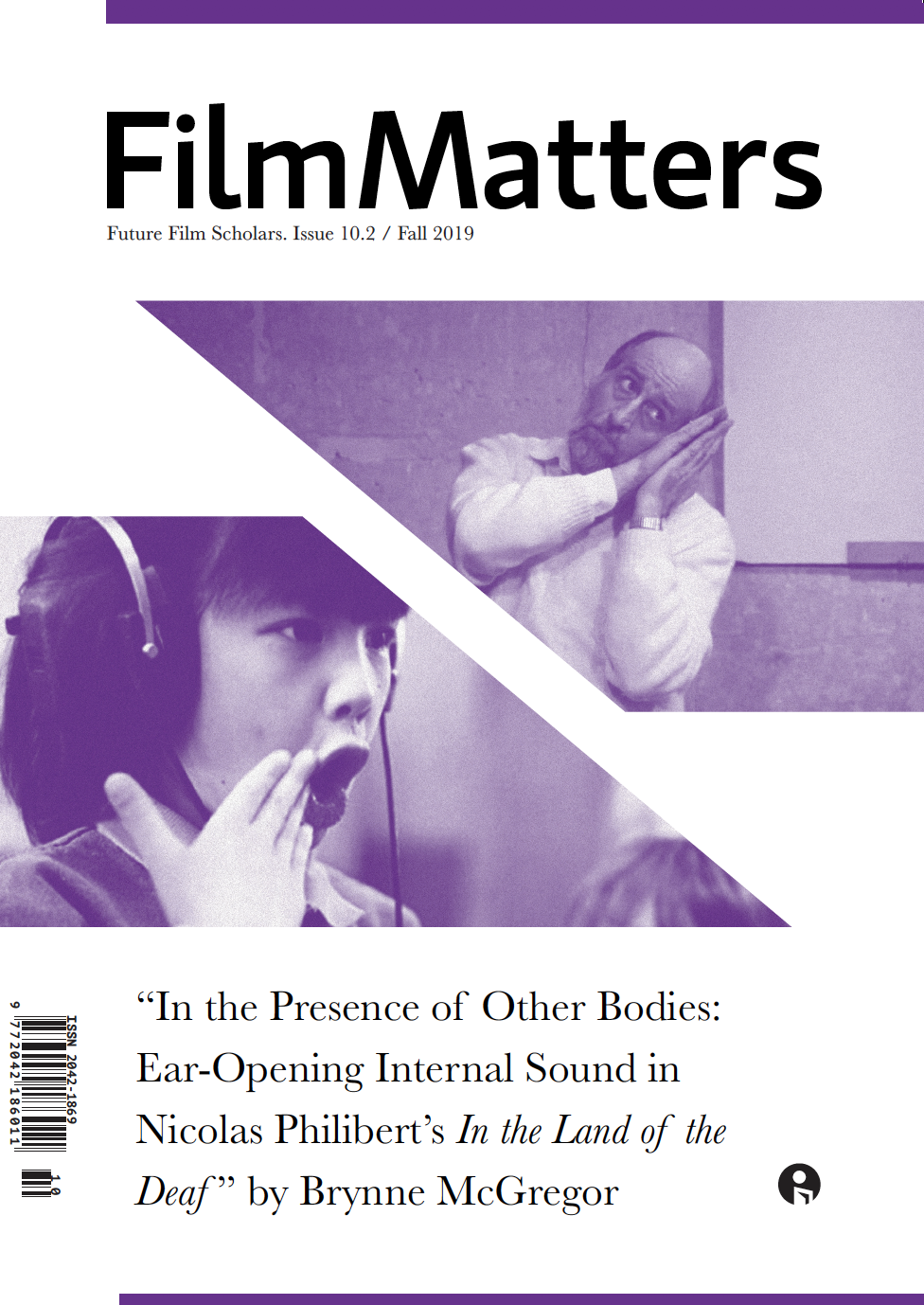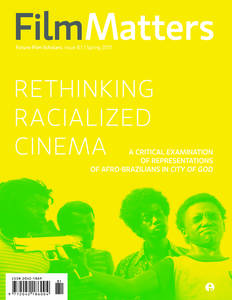Spirits. Apparitions. Phantoms. Ghosts. The spectral after-images of people who no longer walk the earth have gone by many names over the course of many years. The ways in which they’re described and portrayed, much like anything else, have evolved along with time. In Poetics of the Paranormal, Kevin Chabot explores this evolution through the figurative – and literal – lenses of different forms of media, from medieval carvings all the way to viral internet Creepypasta.
Poetics of the Paranormal travels through the eras like a wandering spirit in literary form, moving from medium to medium to explain not only how the portrayal of ghosts was changed by the technology of the time, but also how the choice to use specific technology was influenced by each “update” of ghostly appearances and qualities. Chabot answers questions that I was not even aware I had, such as there being an actual historical explanation for the “ghost covered in a white sheet” caricature being traceable all the way back to 1600s burial shrouds. He also explores topics like the waning of analog film as an actual medium and the rise of it within movie plots like the genre-defining Blair Witch Project (1999) and later V/H/S franchise. An afterlife tour guide, he holds readers’ hands as he continues to the creation of the night-vision camera in connection with ghost-hunting reality TV shows like Ghost Hunters and MTV’s 2000 series, Fear.
As a staunch fan of all things spooky – and a partial-product of the era of reading stories like “Jeff the Killer,” “Abandoned by Disney,” and “Eyeless Jack” at the middle school lunch tables – I had hoped to be engrossed throughout at least a majority of the text, but there was a major factor that seemed to get in the way of that. While I have no doubt that Chabot is thoroughly qualified within his field of cinema and media studies, his use of elevated languages as a way of showing it teeters into excessive very quickly. It is not uncommon for reading one paragraph to feel like wading through the pages of a thesaurus, an experience that is unfortunately alienating for readers who fall anywhere below a postgraduate-level education. The frustration that comes with trying to decipher lines like “[the sheet’s] deterioration confers a timeliness upon an entity that is, ostensibly, outside of time and beyond entropic decay bestowed upon all organic materials by the ceaseless momentum of temporal progression” in order to find the point he is trying to make has the ability to overshadow the actual information itself (4).
In his introductory chapter, Chabot defines “poetics” as a study that “emphasizes the formal and aesthetic construction of a work of art, but . . . also takes into account historical and cultural contexts that explain and add nuance to our understanding of artistic conventions” (9). He gears readers up for an in-depth look at the ways that sociopolitical climate, technological advancement, and cultural beliefs affect the manifestation of ghosts in the field of entertainment media, using examples from various movies and television shows. Although a theoretically insightful way to look at ghosts, Chabot’s in-depth approach to examining such historical context on more than one occasion led to about a page-and-half describing topics like postcolonial capitalism to an extent that left me wondering how we had gotten to that point and forgetting what it even had to do with ghosts to begin with.
When it comes to what I thought of Kevin Chabot’s Poetics of the Paranormal, I regret to say that I am relatively torn. On the one hand, my love of the paranormal and the way that the supernatural haunts our everyday entertainment and media wants to keep a firm hold on how intrigued I was to initially come across this book title. On the other hand, if my eyes had the ability to pop out freely, I fear that they would have been lost underneath the nearest dresser before the end of the first chapter after the number of times that I rolled them while Google-searching my way through Chabot’s borderline pretentious language.
All this being said, should you believe yourself determined, and passionate about ghosts, enough to see past the flaws that Chabot’s writing has, I’d say that you would be hard-pressed to find a book as detailed and unique as this one. The ghosts that we have grown up seeing on our screens are not exactly a widely written-about topic. There are many things that we wouldn’t think of connecting to the growth and development of media, the paranormal being one of them. The merging of the hard science of technology with the perpetually debated phenomena of ghosts leads to new perspectives on both. Despite his lofty language, Chabot brings forth discussions about the way that even the oldest stories can evolve over time to not just maintain relevance but also contribute to the culture of the times.
Author Biography
Sloan Salinas is a graduate of Georgia Tech in Atlanta, Georgia, where she studied Media and Communication. Her interests include science fiction and horror genres, film analysis, and entertainment journalism. After graduation, she hopes to pursue script writing for television and live events, as well as write several novels.
Book Details
Poetics of the Paranormal, Kevin Chabot (2024)
Montreal: McGill-Queen’s University Press, 234pp., ISBN: 9780228022985 (pbk), $32.95, ISBN: 9780228022732 (hbk), $110.00

